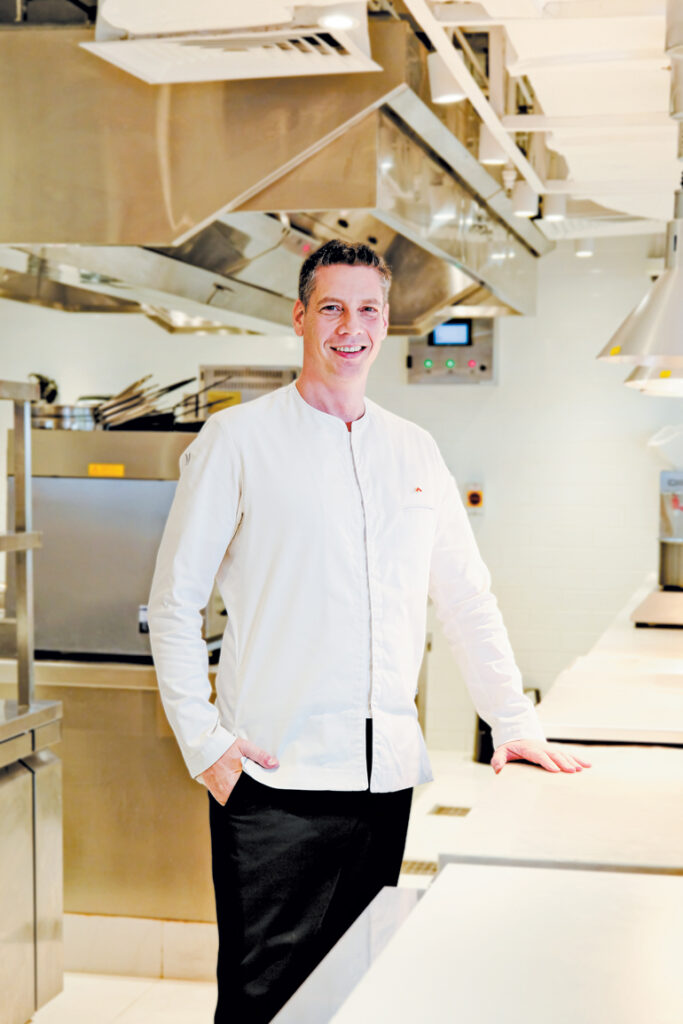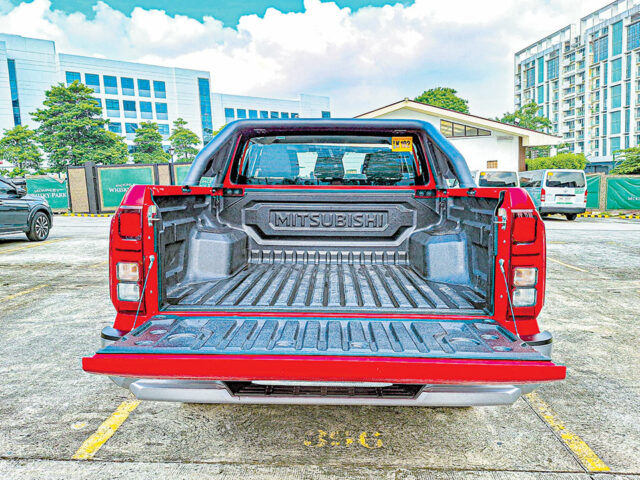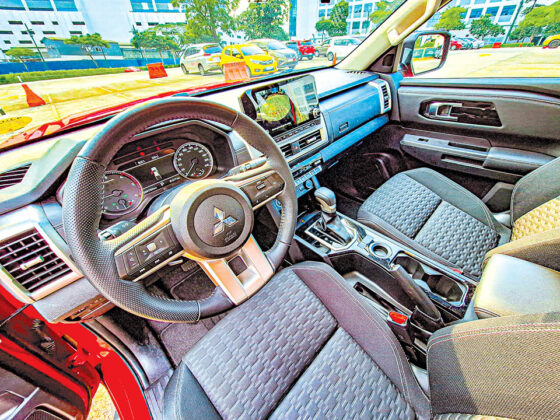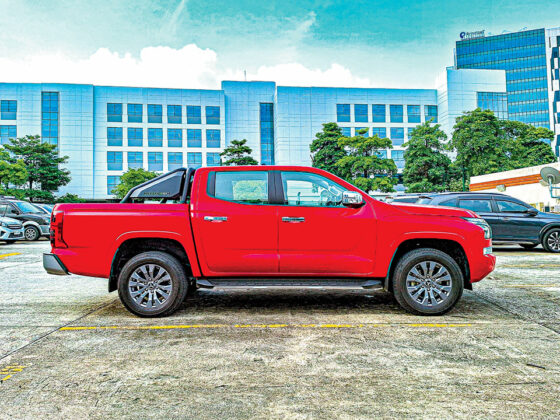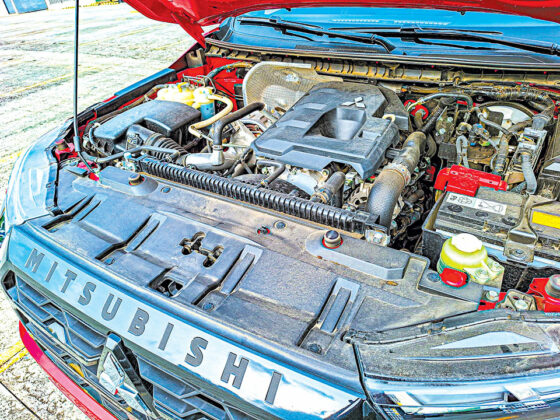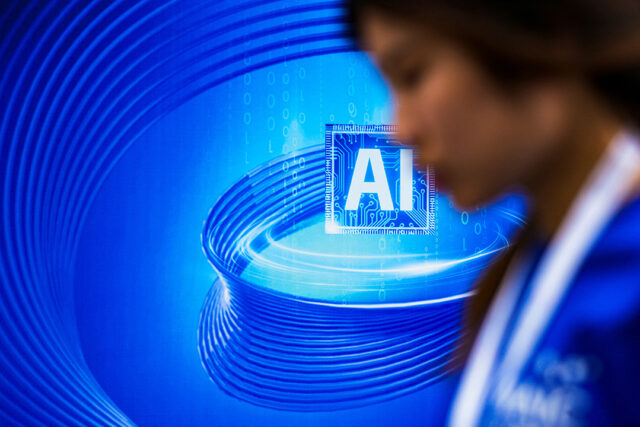Advancements make RE reliable for Philippines’ power needs — CREC CEO
By Sheldeen Joy Talavera, Reporter
ADVANCEMENTS have now made renewable energy (RE) a viable option for providing reliable power, capable of meeting the Philippines’ growing energy demands, according to Citicore Renewable Energy Corp. (CREC) President and Chief Executive Officer (CEO) Oliver Y. Tan.
“Others do not believe that renewable energy can be a baseload; our vision is that it is [feasible],” Mr. Tan said in an interview with BusinessWorld. “Through technology, we can actually achieve almost 100% pure renewable.”
Despite concerns about renewable energy’s intermittency, he said that it is possible to achieve pure renewable energy through technology. However, he also said that there is still a need for conventional energy sources to bridge the transition.
“We still need them. But eventually, they can be the backup ancillary, and renewable energy would be the primary source of power,” he said.
Mr. Tan said that the government is “doing the right policy” which is to transition from traditional fossil fuels, with the Philippines being a net importer of coal and oil.
The Department of Energy has set a target of increasing the share of renewable energy in the Philippines’ energy mix to 35% by 2030 and 50% by 2040.
“That (target) alone is a huge requirement. There is enough market or enough time for everyone,” Mr. Tan said.
CREC, directly and through its subsidiaries and joint ventures, manages a diversified portfolio of renewable energy generation projects, power project development operations, and retail electricity supply services.
It is the parent company of Citicore Energy REIT Corp. (CREIT), the country’s first real estate investment trust (REIT) listing focused on renewable energy.
Before starting his stint as president of CREC, Mr. Tan joined Edgar Saavedra-led infrastructure conglomerate Megawide Construction Corp. as its chief finance officer (CFO) in 2011.
With the group’s expertise in transportation and infrastructure, the company also entered new business directions.
“We think that power as an industry is one sector that we can improve the efficiency in terms of building the power plant because we are an engineering company,” Mr. Tan said.
He stepped down as CFO in 2016 and focused on his role as CREC’s CEO.
“We’re able to grow the company (CREC) to where it is today, second largest in terms of installed capacity, and CREIT (as the) largest renewable energy landlord,” Mr. Tan said.
CREIT came to life as an “innovative structure” and a “trailblazer” amid the fad in REITs conducting initial public offering (IPO), he said.
“Instead of doing a straight IPO, let us do a REIT, but this time it is a renewable energy REIT, not your traditional mall or office. So, it’s a bit innovative,” Mr. Tan said.
CREIT is engaged in renewable energy generation and property leasing, both from leasehold and freehold land assets.
Meanwhile, CREC currently has a combined gross installed capacity of 285 megawatts (MW) from its 10 solar power facilities in the Philippines.
The company is constructing eight projects worth approximately one gigawatt (GW), underway to achieve its goal of five GW of capacity by 2028.
“The immediate plan is to energize the 1,000 MW under construction… once these plants are energized, we will be feeding this asset to CREIT in order to grow its asset portfolio, that would happen next year,” Mr. Tan said.
The company is expecting its gross installed capacity to grow to six times next year, equivalent to about 1,300 MW, which could boost its revenues and earnings.
In June, CREC listed its P5.3-billion IPO on the Philippine Stock Exchange, which included a $12.5-million investment from the United Kingdom’s MOBILIST program.
“The full impact of the power generation revenues will be felt next year since projects currently under construction will start to be energized by then,” Mr. Tan said.
“We will focus on adding solar capacity and looking at other opportunities that take us close to our five-GW-in-five-years goal,” he added.














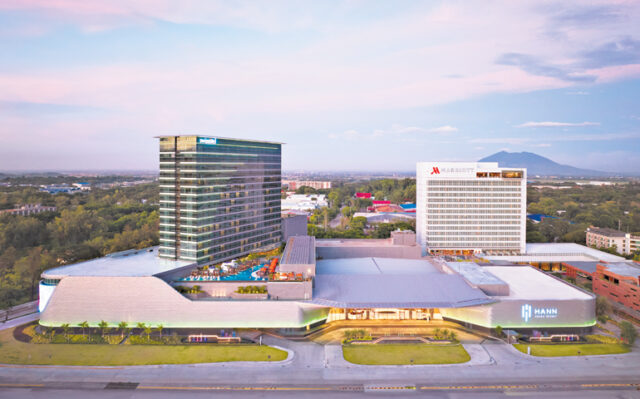
 Hann Resorts, an iconic landmark in Clark, Pampanga, introduces a whole new dining experience, offering a compelling reason to travel just an hour and a half from Manila by land or conveniently accessed by air via Clark International Airport. This integrated resort is home to a world-class gaming facility, and internationally renowned hotels like the Clark Marriott and Swissotel Clark, together operating a total of 15 restaurants, cafes, and bars — a diverse culinary option awaiting to be explored.
Hann Resorts, an iconic landmark in Clark, Pampanga, introduces a whole new dining experience, offering a compelling reason to travel just an hour and a half from Manila by land or conveniently accessed by air via Clark International Airport. This integrated resort is home to a world-class gaming facility, and internationally renowned hotels like the Clark Marriott and Swissotel Clark, together operating a total of 15 restaurants, cafes, and bars — a diverse culinary option awaiting to be explored.




